1. Ancient Egypt’s Healing Hymns

In ancient Egypt, music was deeply intertwined with the spiritual and medicinal practices of the time. Priests and healers believed that the sounds of certain instruments and vocal chants could communicate directly with the gods, invoking divine healing powers. Music was often used to treat physical ailments, with specific melodies thought to restore harmony within the body. The use of lyres, harps, and flutes was common, with rhythms tailored to the patient’s condition shares UCL.
These healing sounds weren’t just about the physical body; they also aimed to soothe the soul. The ancient Egyptians believed that illness stemmed from spiritual disharmony, and music helped realign the body’s energy. By reciting sacred songs and hymns, they believed the gods would intervene, bringing the patient back to a state of balance adds STIRpad.
2. Ancient Greece’s Use of Music in Medicine

In Ancient Greece, music was considered an essential part of both healing and education. Pythagoras, the famous mathematician, was one of the first to suggest that music could cure illnesses by restoring harmony in the body. He believed that specific tones and rhythms could affect the body’s organs and emotions. Greek physicians like Hippocrates and Galen also integrated music into their treatments, recognizing its ability to calm the mind and ease pain shares Reasons to be Cheerful.
The Greeks understood that music could influence mental states, which, in turn, affected physical health. They used music in conjunction with other therapies like exercise and diet, believing it could restore balance to both the body and the mind. Even in public spaces like temples, therapeutic music played a role in healing, offering a calming environment for patients explains the Conversation.
3. Traditional Chinese Medicine and Sound Therapy
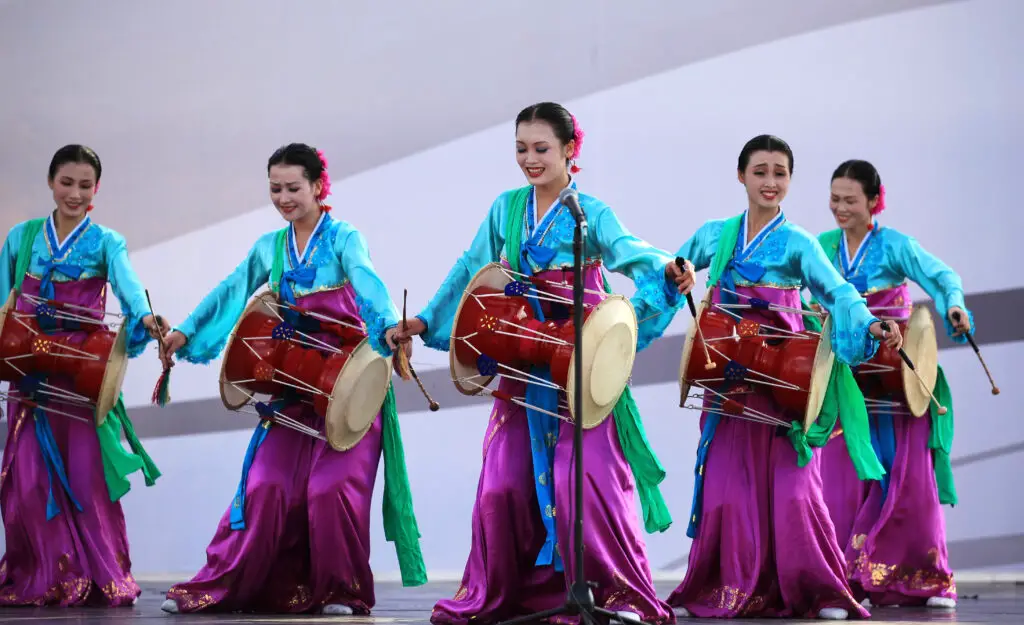
In China, traditional medicine includes a belief that sound can influence the body’s energy flow. Ancient Chinese healers used music and chanting as part of their treatments to balance the body’s vital energy, or “Qi.” Instruments like gongs and zithers were believed to have specific frequencies that could cure ailments and even enhance longevity. Ancient texts suggest that music was often used to treat everything from headaches to digestive issues.
Chinese healers recognized that different pitches and rhythms affected the body in various ways. For example, the sound of a bell might be used to soothe the lungs, while the hum of a flute could calm the mind and promote emotional healing. These practices were seen as a natural extension of acupuncture and herbal medicine.
4. Native American Rituals and Healing Songs
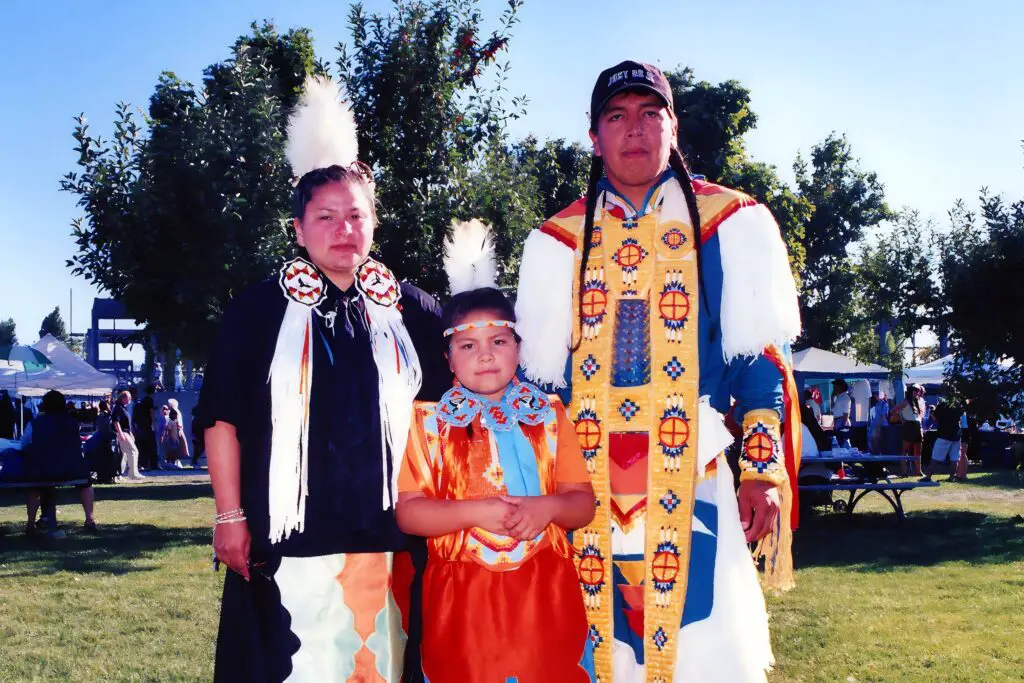
Native American tribes have long used music as a healing tool, particularly in ceremonies and rituals. Drumming, chanting, and singing were integral parts of spiritual healing, believed to connect the individual with the natural world and the spirit realm. Shamans and healers would perform songs specifically tailored to the ailments of their patients, often accompanied by rhythmic drumming to promote physical and spiritual healing.
Music was thought to restore balance in the body’s energy and could even ward off evil spirits. The belief was that illness arose from disruptions in the body’s natural flow, and music helped to re-establish harmony. The power of the drum, in particular, was viewed as a powerful tool for healing, with its vibrations thought to resonate deeply within the body.
5. Tibetan Sound Healing
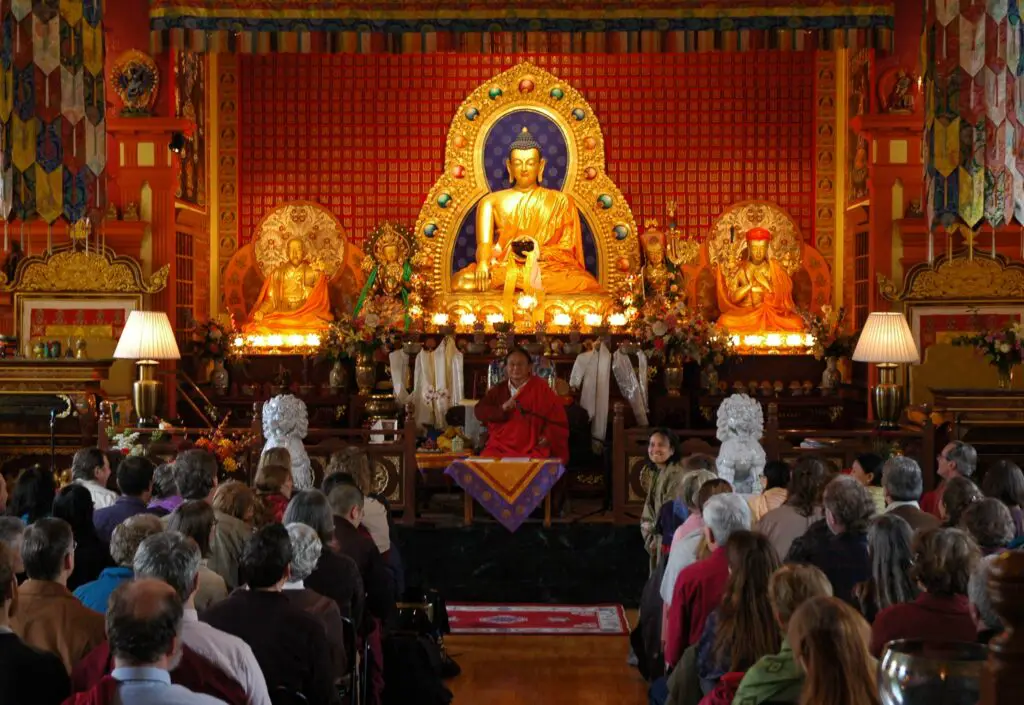
In Tibetan culture, music and sound have been essential components of healing practices for centuries. Tibetan monks use a variety of instruments, including singing bowls and bells, to create frequencies that are said to balance the body’s energies. These instruments are believed to stimulate the body’s natural healing processes by aligning the physical body with its spiritual counterpart.
Tibetan sound healing also includes chanting and vocal toning, where specific syllables are believed to have distinct effects on the body. This practice is thought to enhance spiritual well-being and relieve emotional stress, fostering a deep sense of inner peace and harmony. The vibrations of the sound are said to penetrate deeply into the body, promoting healing at a cellular level.
6. The Aboriginal Didgeridoo and Healing
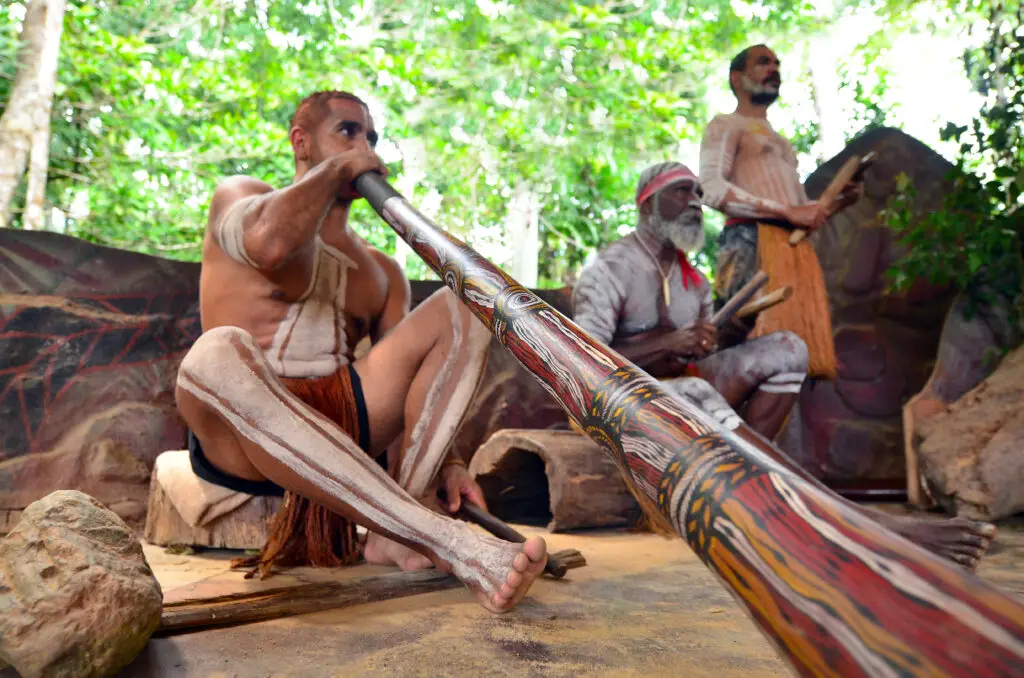
The indigenous peoples of Australia have long used the didgeridoo, a traditional wind instrument, in their healing practices. The sound produced by this ancient instrument is believed to have powerful therapeutic effects on both the body and the spirit. Shamans would use the didgeridoo’s deep, resonating tones to treat ailments, as it was thought to stimulate healing energies and promote balance in the body.
The didgeridoo was also used in rituals aimed at spiritual cleansing. Its vibrations were believed to purify the energy field around the person and restore health. Many Aboriginal cultures also believed that the sound of the didgeridoo could connect individuals with the Dreamtime, an important spiritual dimension, further enhancing its healing potential.
7. Ancient Indian Music and Ayurvedic Healing

In India, the practice of Ayurveda, which is based on the balance of the body’s energies, has long included music as a form of therapy. Traditional Indian music, with its intricate ragas and talas (melodies and rhythms), is believed to have a profound impact on health. Specific ragas were used to treat different ailments, with some believed to soothe the nervous system, while others helped with digestion or breathing.
Ayurvedic healers used music to enhance meditation and breathing techniques, supporting the overall wellness of the patient. By aligning the body’s rhythms with the natural sounds of the universe, they believed healing was achieved on a deeper, energetic level. The harmonics and vibrations of Indian music were thought to mirror the natural flow of energy in the body, making it an effective tool for maintaining balance.
8. African Healing Drums
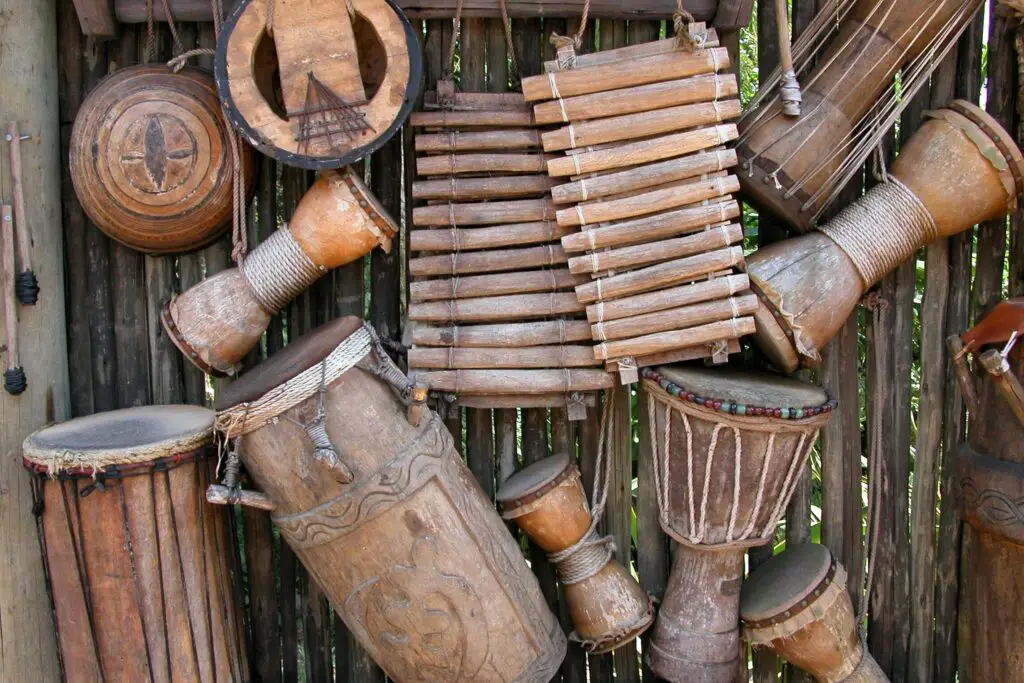
In many African cultures, the use of drums in healing rituals has been an essential practice for centuries. The drumbeat, with its deep vibrations, is believed to have the power to cure illnesses by restoring the balance of energies within the body. In traditional African medicine, drums are often played during ceremonies that involve both physical and spiritual healing.
The rhythm of the drum is said to resonate with the heart and soul, promoting emotional and mental well-being. Healers would often use the drum to call upon ancestral spirits for guidance and assistance in healing. The act of drumming itself was seen as a way to dispel negative energy and invite positive forces into the body.
9. Ancient Celtic Music and Healing Rituals
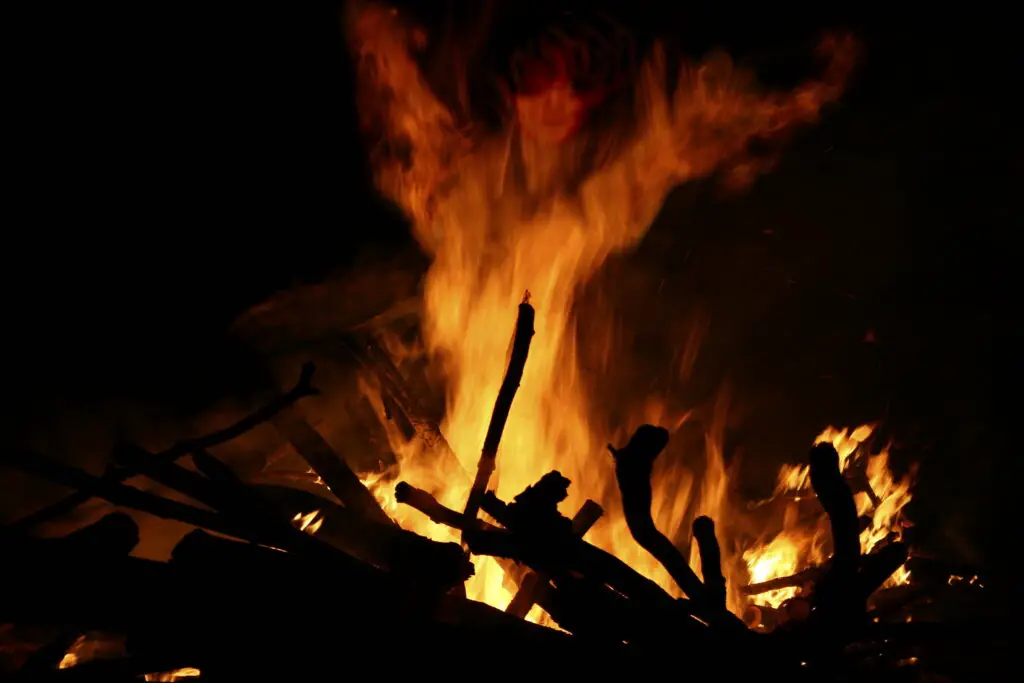
In ancient Celtic traditions, music played a vital role in healing rituals. Bards and druids would use melodies and chants to invoke the healing powers of nature. The Celts believed that music had the power to restore emotional and physical health by aligning individuals with the natural rhythms of the earth.
Celtic music, with its flowing, melodic lines, was believed to soothe the body’s internal energies and promote peace of mind. Healers would often combine music with herbal treatments or other remedies to enhance the effectiveness of their therapies. The deep connection between music and the natural world was seen as a vital aspect of Celtic healing practices.
10. Ancient Rome’s Use of Music for Mental Health
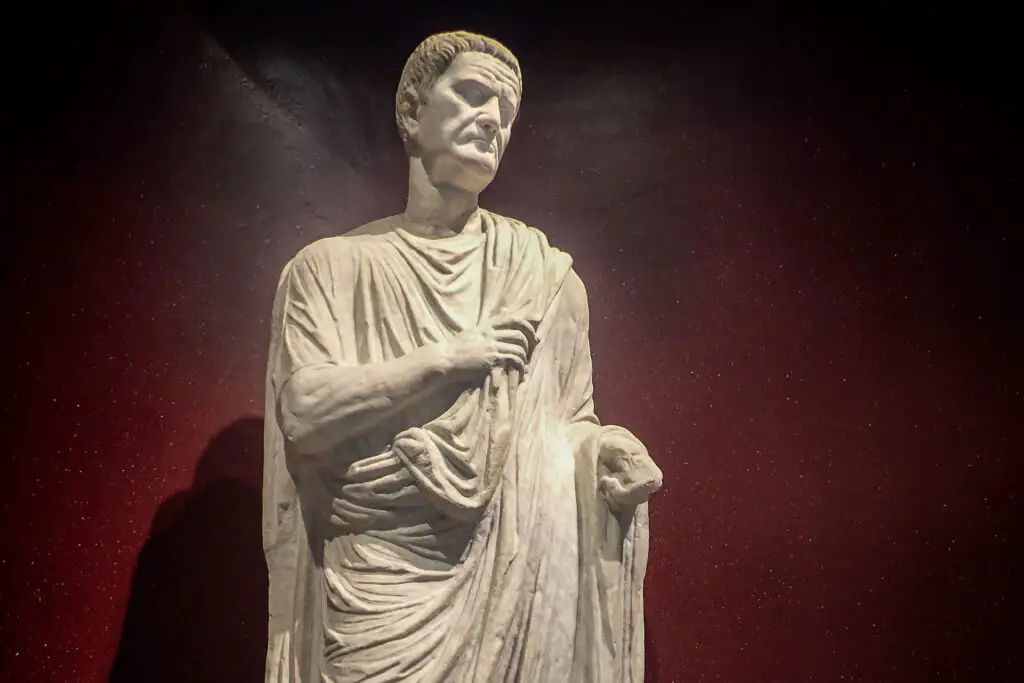
The Romans recognized the therapeutic effects of music on the mind and body. They used music in a variety of ways, including during banquets, religious ceremonies, and private healing sessions. Roman physicians, such as Galen, recommended music to treat depression and anxiety, believing that it could lift the spirits and provide mental relief.
Music was also used to relax patients before surgeries or other medical procedures. Roman healers used specific instruments like the lyre and the flute to create calming melodies that would ease stress and promote healing. The emotional impact of music was well understood by Roman doctors, and it was often incorporated into holistic treatment plans.
11. Ancient Persia’s Use of Music for Healing

In ancient Persia, music played a central role in healing and spiritual practices. The Persian philosopher and physician Avicenna wrote about the therapeutic benefits of music in his medical texts, recommending specific melodies to treat various physical and mental conditions. Persian healers believed that music could purify the body and restore its natural balance.
Music was used in Persian medicine to calm the mind and alleviate symptoms of stress and anxiety. The sounds of traditional Persian instruments, such as the santur and the oud, were believed to have specific healing properties. Music therapy was an important part of Persian healthcare, with healing songs often passed down through generations of physicians.
12. South American Indigenous Music and Rituals

Indigenous cultures in South America, including those in the Andes, have long used music as a form of medicine. Traditional instruments, like panpipes and flutes, were often played during healing ceremonies to restore balance and harmony in the body. Shamanic rituals frequently incorporated music to summon spiritual forces and guide the healing process.
These practices were based on the belief that illness was caused by spiritual imbalances. Music was used to invoke the healing spirits, cleanse the body, and restore wellness. The soothing sounds of indigenous instruments were thought to promote relaxation, reduce pain, and foster emotional well-being.
13. Ancient Japan’s Koto Music for Healing
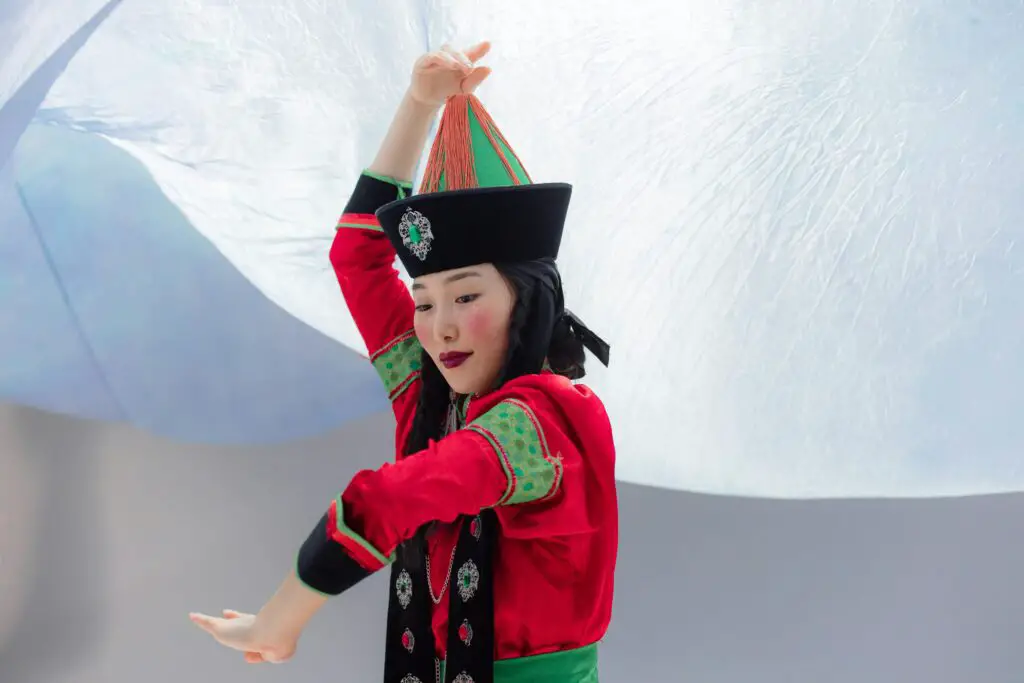
In ancient Japan, music was also used as a form of therapy, with the koto, a traditional string instrument, playing a central role. The healing powers of music were closely tied to Zen Buddhist practices, where melodies were used to calm the mind and promote inner peace. Koto music, with its delicate and soothing sounds, was believed to help balance the mind and body.
The practice of incorporating music into healing rituals was seen as a way to align individuals with the natural world and restore their inner harmony. Koto music was often performed in temples or during personal meditation sessions, believed to facilitate a deep connection between the self and the universe.
